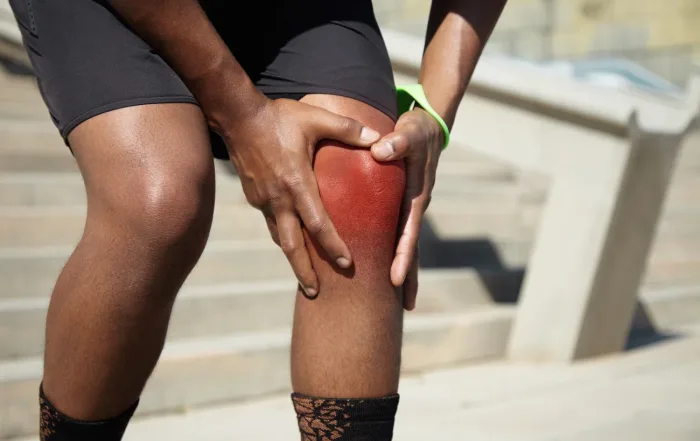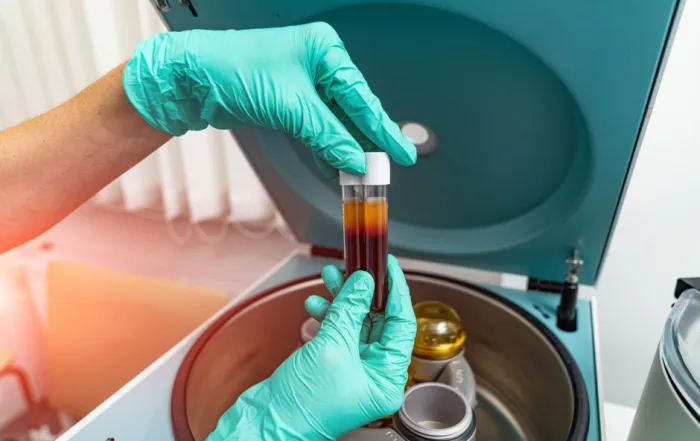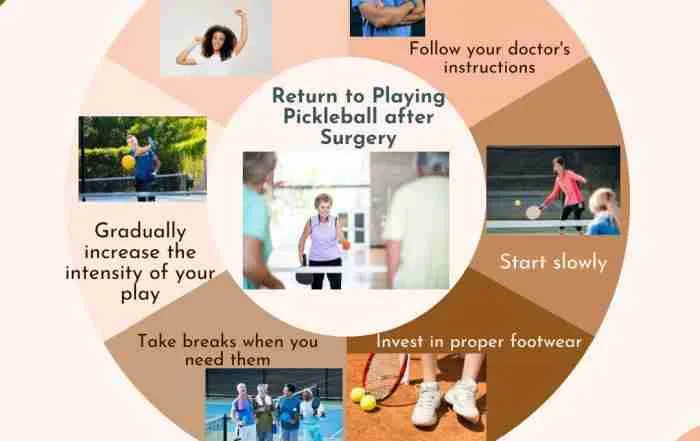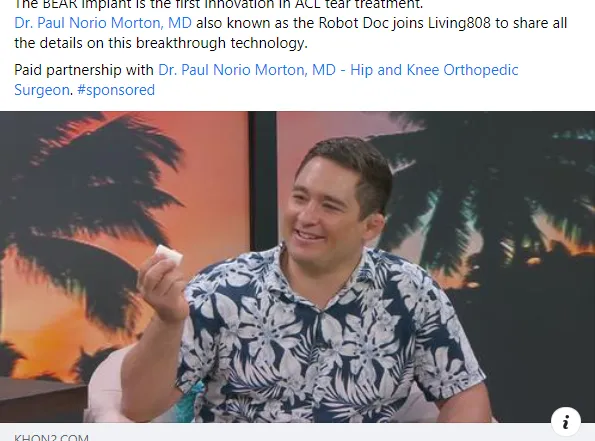Choose Dr. Morton as your Anterior Cruciate Ligament Surgeon

The Anterior Cruciate Ligament and the Knee

Causes of ACL Injury
ACL Tear Diagnosis
Treatment for ACL Tears
Non-Operative
There are some patients who may be better suited for non-operative treatment. Choosing whether to operate depends on the extent of the injury and the patient’s activities and goals. For example, if a patient is older, less active, and still retains a reasonable amount of function with their injury, non-operative management may be the best option. Often, this involves physical rehabilitation.
Operative
Surgery involves reconstructing the ligament itself. The surgeon does this through the use of grafts, meaning that they take another tendon and fashion it into a ligament. There are a variety of graft choices. Surgeons can take a tendon from the patient or from a donor. The three most common tendon grafts are either the quadriceps tendon, the patellar tendon, or a tendon from the hamstring. The quadriceps and patellar tendons have the advantages of increased strength and better fixation to the bone. However, it may cause some more knee pain if taken from the patient. Using the hamstring causes less knee pain, can be very strong, but theoretically has slower fixation than the patellar tendon. Lastly, the surgeon can use a tendon from a donor. The advantage of the donor’s tendon is simply that using a donor avoids taking a tendon from the patient. The patient then does not experience the pain associated with using their own tendon. However, a donor tendon may integrate slower than a tendon taken from a patient. There is also the risk of infections from the donor.
Often there will be other co-existing injuries. Any injury to the meniscus, cartilage, or other ligaments will be addressed at the time of surgery.
ACL Reconstruction Graft Choices
ACL reconstruction is a pivotal procedure for athletes and active individuals aiming for optimal knee stability post-injury. Selecting the right graft is crucial for success, and science provides clear guidance on the options:
Bone-Patellar Tendon-Bone (BPTB): Known as the gold standard, BPTB grafts offer a low risk of re-rupture due to their robust bone-to-bone healing. However, they’re associated with a higher incidence of anterior knee pain, which might affect long-term comfort and functionality.
Quadriceps Tendon: A newer option, the quadriceps tendon graft offers comparable strength to BPTB grafts with potentially lower donor site morbidity. Its robust nature makes it an increasingly popular choice among surgeons and patients for its balance of strength and recovery profile.
Hamstring Tendon: Preferred for its less invasive nature, the hamstring tendon graft poses a slightly higher re-rupture risk compared to BPTB. It’s favored for the reduced donor site morbidity and quicker recovery times, making it a viable option for many patients.
Allografts: Utilizing donor tissue, allografts present a higher re-rupture risk than autografts but eliminate donor site pain. They are often considered for individuals who may not be autograft candidates for various reasons, including previous surgeries or personal preferences.
Each graft type has its niche, balancing re-rupture risk, recovery trajectory, and patient comfort. Understanding these options, backed by scientific evidence, empowers patients and surgeons to make informed decisions tailored to individual needs and goals for a successful return to activity.
All-inside ACL Reconstruction
ACL repairs failed in the past as the normal synovial fluid in the joint would prevent the healing of this ACL. This process is called resorption, where your body slowly breaks down and absorbs the repair over time.
So surgeons began searching for a way to encourage your body to accept the repair and enable it to heal on its own. The first major breakthrough in this area was the development of the autograft, which uses a tendon from another part of your body to replace your ACL.
While this method was an improvement, it still had its limitations as the new tendon was not always as strong as the original. Additionally, there was still the risk of resorption, albeit to a lesser extent.
The use of an allograft uses a tendon from a deceased donor. This method eliminates the need to harvest a tendon from another part of your body, but there is still the risk of resorption as your body may reject the allograft. In addition, allografts are not as strong as autografts and have a higher failure rate, especially in younger patients.
Summary
Frequently Asked Questions about Anterior Cruciate Ligament Tears (FAQ)
When you tear your ACL, patients often feel a sudden pop and their knee will give out from underneath them. Usually you will feel very unstable after the injury, as though your knee is “floppy”. Many patients will experience significant swelling and pain. The swelling and pain will gradually resolve. Without treatment, many patients continue to have discomfort and difficulty walking. It is important to see an orthopedic surgeon to make sure you have your knee addressed appropriately.
Minor, partial tears may not cause your knee to feel unstable, and you may be able to function fine. Complete tears of your ACL will not heal without surgery. Unfortunately, the ACL is located in an area of the knee joint that it will not heal on its own. However, some patients who are lower demand can consider a rehabilitation program to strengthen their knee and successfully manage their ACL tear without surgery.
Patients who are less active may consider delaying their surgery if they have other obligations. However, patients who continue to perform high levels of activity are placing the cartilage and meniscus at risk for further injury. Further injury to the knee can lead to arthritis later in life.
Yes, you can walk. Often times the knee is very swollen after the injury. Once you recover from the initial injury, However, without an ACL patients sometimes feel unstable. Patients who are athletes or require the use of their knee for high demand activities that involve pivoting or jumping are more likely to desire an ACL reconstruction.
Related Pages
The Role of PRP in Treating Sports Injuries for Athletes
In the competitive world of sports, athletes constantly push their bodies to the limit, which, unfortunately, often leads to injuries. The quest for effective and swift recovery solutions is ongoing from tendonitis and [...]
Demystifying PRP Therapy: Understanding the Science Behind Platelet-Rich Plasma
In the quest for advanced healing techniques, Platelet-Rich Plasma (PRP) therapy emerges as a beacon of hope for those suffering from various orthopedic conditions, including osteoarthritis and tendon injuries like tennis elbow. This cutting-edge [...]
CBD in Orthopedic Practice: Enhancing Recovery and Well-being Beyond Opiates
The integration of Cannabidiol (CBD) in orthopedic practice offers a promising alternative to traditional opiate-based pain management.
Exploring the Relationship Between Joint Replacement and Running: Insights from a Recent Study
Introduction As an orthopedic surgeon specializing in joint replacement, I often encounter patients eager to return to their active lifestyles post-surgery. A common question is, "Can I return to running after my joint replacement?" [...]
Tips on Returning to Pickleball after Hip or Knee Replacement
[toc] What is Pickleball? Pickleball is a fun and exciting sport enjoyed by people of all ages. Its simple rules and low-impact nature make it an excellent option for people who want to stay [...]
How The BEAR Implant Works To Heal ACL Tears
Heal your ACL Tear Choose Dr. Morton as your Anterior Cruciate Ligament Surgeon Board Certified, Fellowship-trained Knee Surgeon Latest Technology High success rate Minimally Invasive surgery ACL [...]







